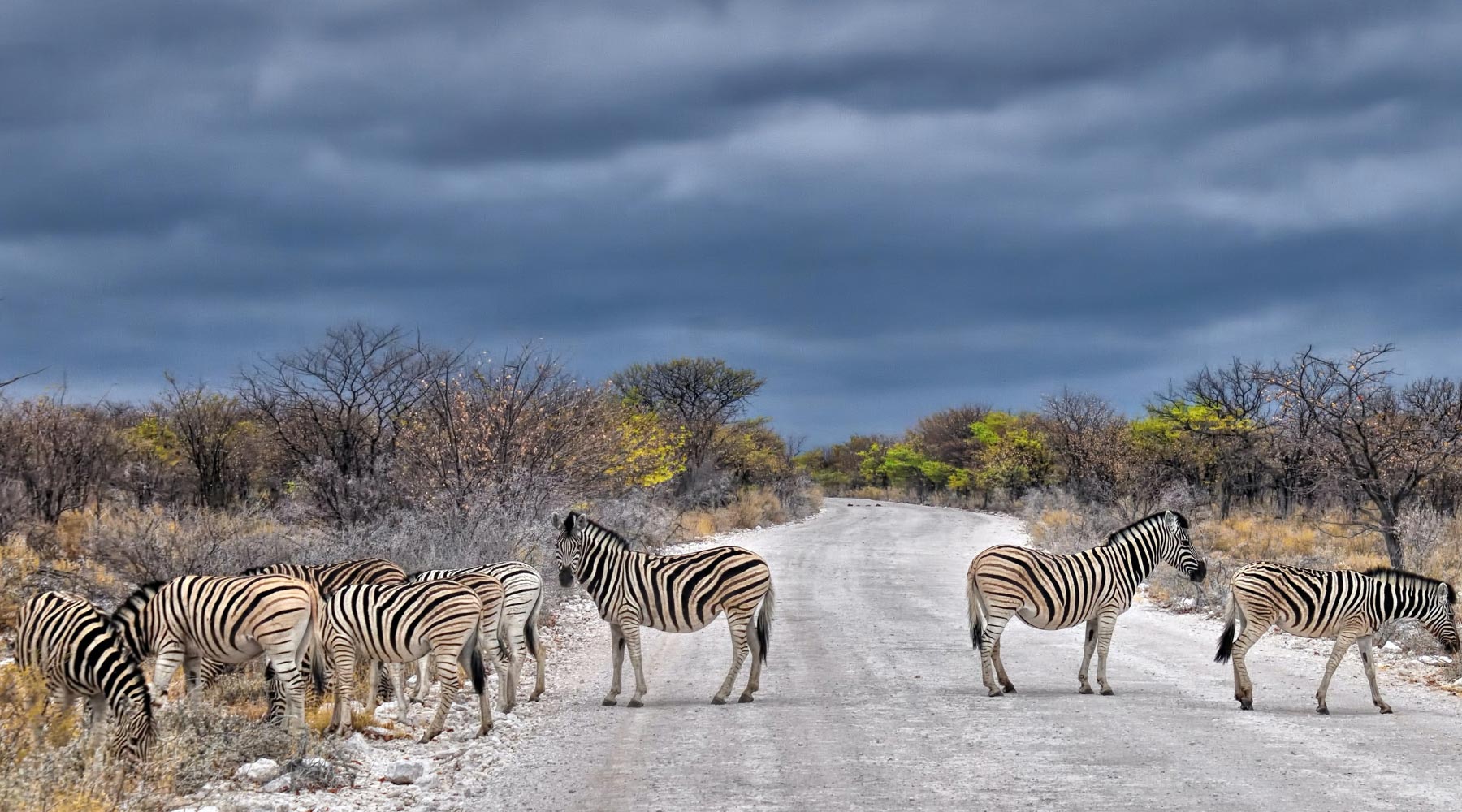Etosha National Park, located in the Kunene Region of northeastern Namibia, opened in 1907. When the park opened, Namibia was a colony of the German Empire. The park is located on the African continent and is so large that it can even be seen from space. At the time of its opening, it was about 100,000 square kilometers. For various historical and political reasons, the park area has been reduced to a quarter of its original location and currently has an area of 22,270 square kilometers.
Is It Dangerous to Visit Etosha?
Although the park is located on the African continent, it does not contain malaria, so you do not have to worry about Anopheles mosquitoes! For other diseases, there is no mandatory vaccine for tourists visiting Etosha. All in all, we can say that Etosha National Park is a pretty safe place to visit.
How Many Days in Etosha?
Although you cannot walk around the whole park in a short time, the minimum time you need to spend in this park is 3 or 4 days. But the more, the better.
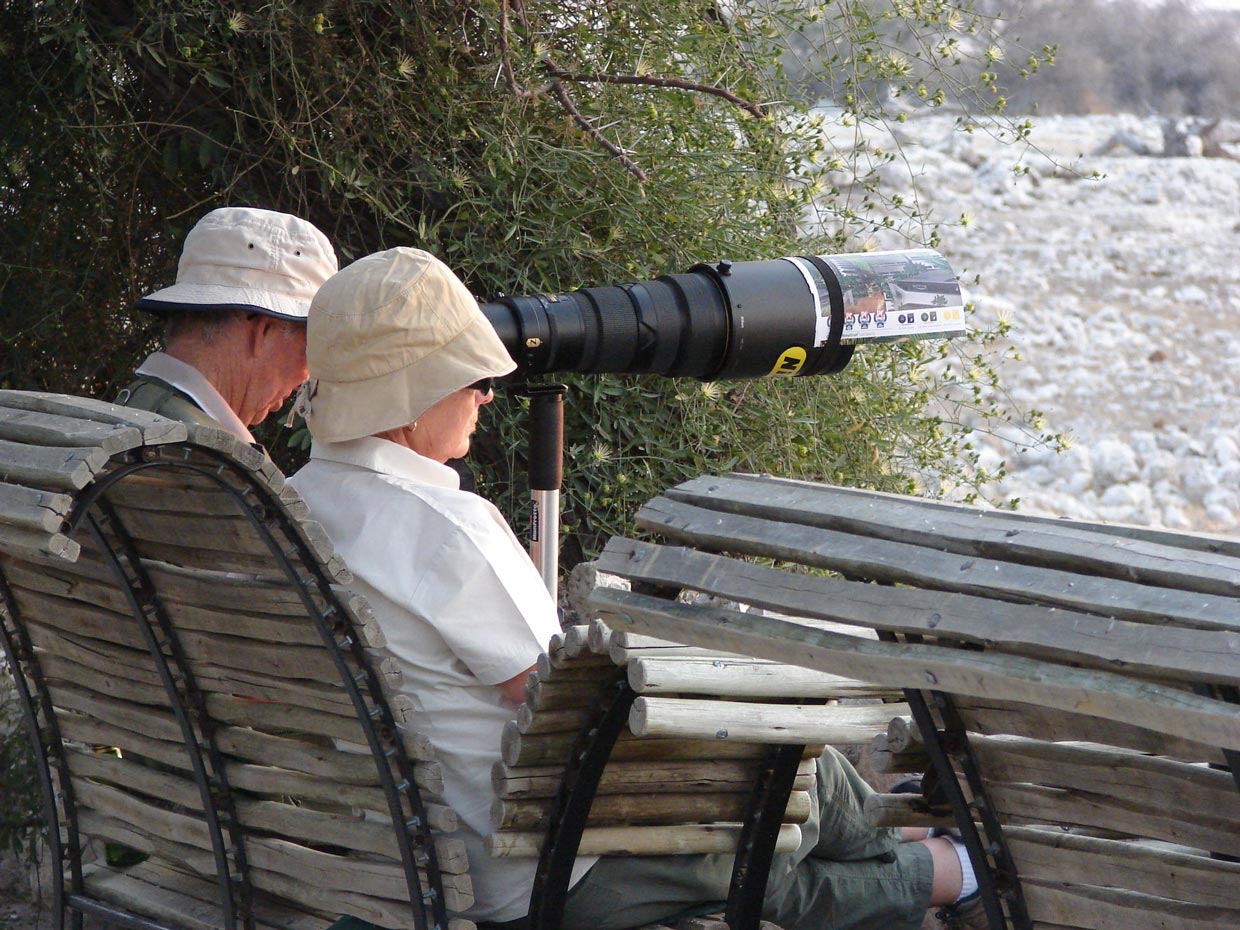
Can You Self-Drive in Etosha?
Yes, why not! Self-driving in Etosha is one of the most exciting things you can do. You can enjoy the beautiful scenery as well as enjoying yourself. However, to not waste your time, have a proper plan and read the travel guide of Etosha. Take a paper plan to make it a genuine experience with a nostalgic sense.
What Animals Live in Etosha?
In Etosha National Park, there are various animals such as elephants, rhinos, cheetahs, lions, giraffes, zebras, and cuckoos. You can see smaller animal species such as squirrels, honey badgers, and bat-eared foxes in addition to these large animal species. As you must have guessed, there are various plant species in this park in addition to animal species. According to official statistics, there are about 31 different plant species in this park, most of which are rare, and you can see them only in this part of the planet. Make sure you won’t harm anything there.
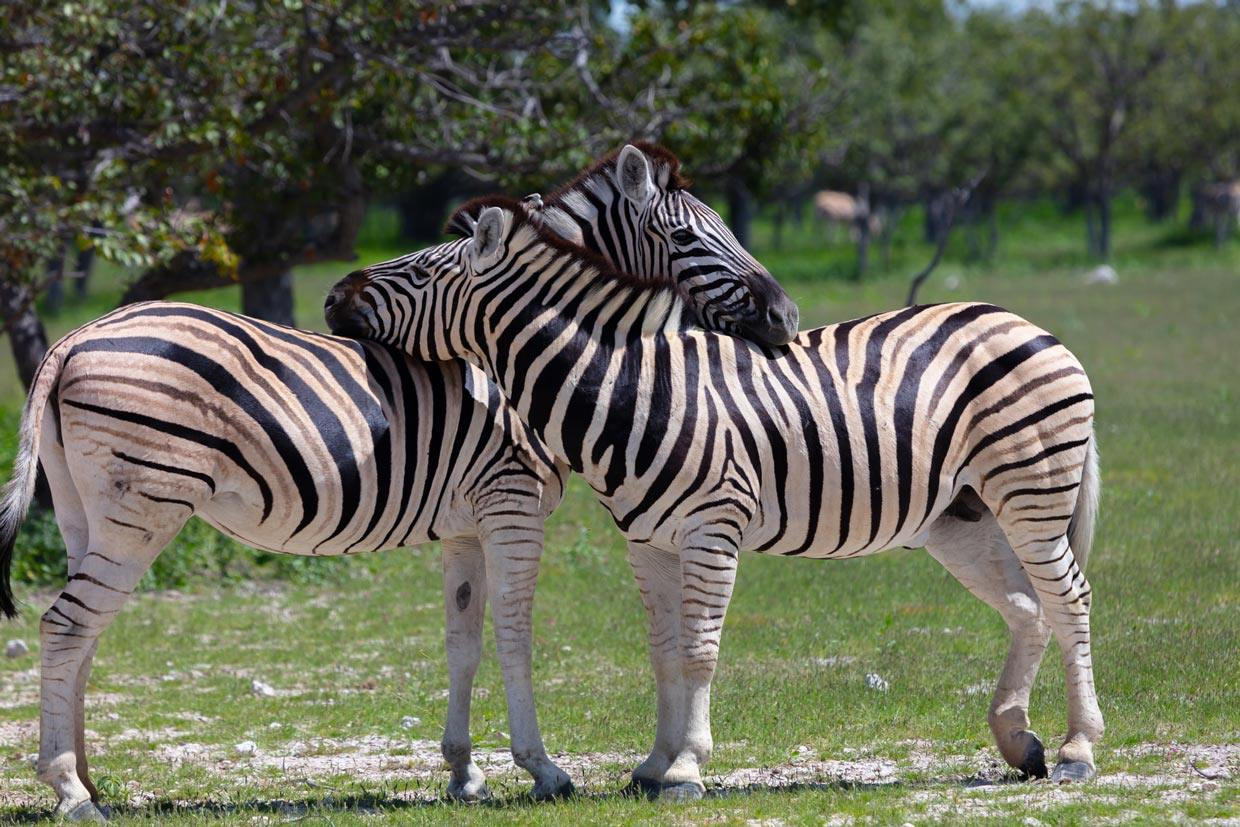
What Does Etosha Mean?
The word Etosha means big white place. This word used to be written as Etosha. The word Etosha comes from the word Oshindonga. The names of most of the places in this area are actually some descriptive names about the places. “Big White Place” was once a name to refer to this area. To tell you the truth, it is still the name of this place, but it only makes sense to the locals.
How Many Lions Are There
Approximately 500 to 800 lions are kept in the Etosha National Park, the last remaining lions in Namibia. It will be a scarce experience to have an encounter with these lions.
Is Etosha National Park fenced?
Yes, there is a fence around the park to keep it safe and protect animals. That means an area of about 22,912 square kilometers. It is not a zoo or a prison; it’s a massive part of the land belonging to animals.
How Do I Get to Etosha National Park?
You have several options for going to Etosha National Park; you can fly there or travel by land. The nearest airport to Etosha National Park is WDH or Hosea Kutako International Airport. This airport is located near Windhoek.
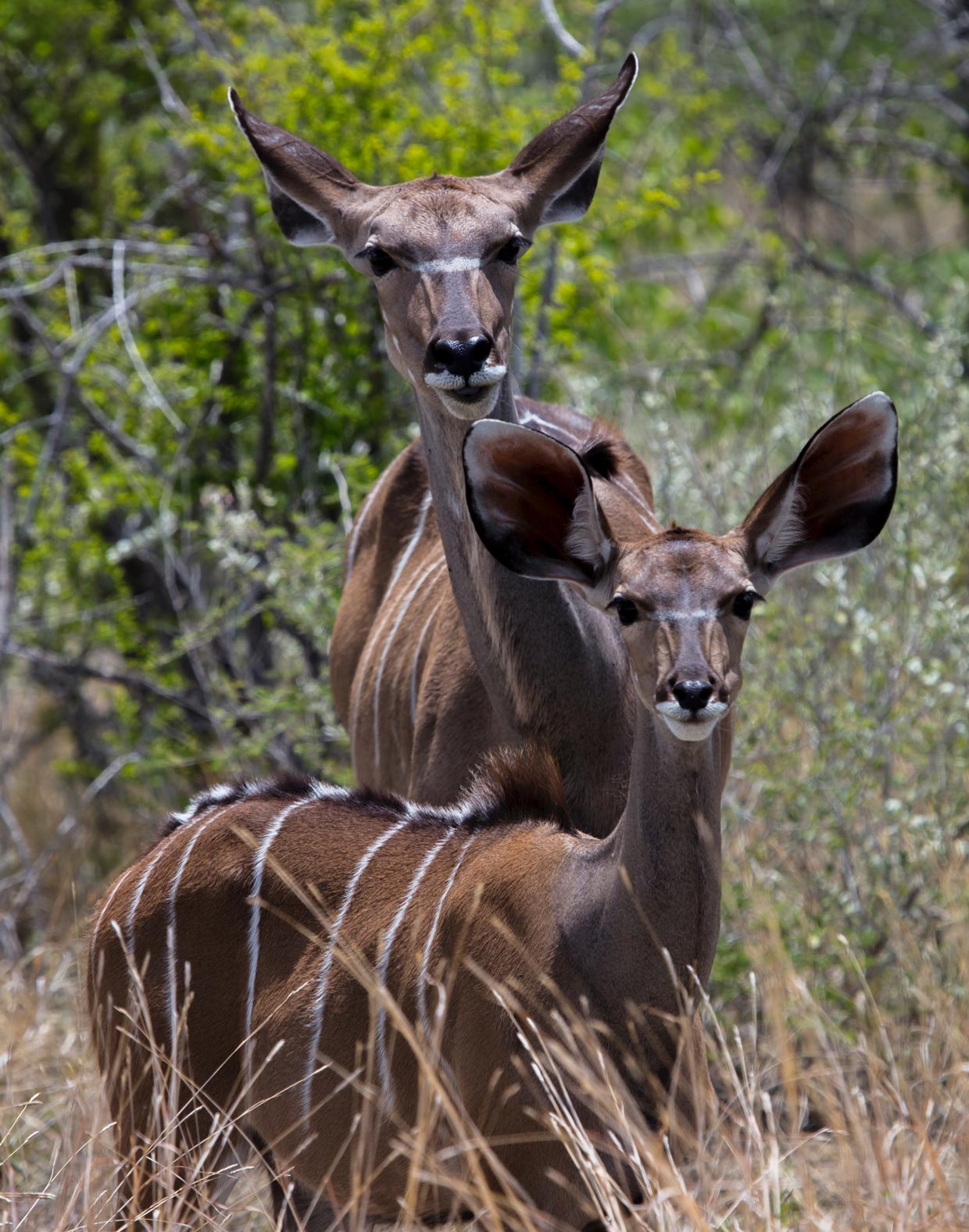
How Far Is Windhoek From Etosha National Park?
If you want to travel by car, Etosha National Park is at least 6 hours away from Windhoek’s capital city. As the road is well paved, driving should not be too difficult for you. So you can go all the way in one day. It is also a fabulous experience to observe every part of this area. Driving all the way would be more of an exciting time for you.
But Which Paths Should You Take?
Etosha is 553km north of Windhoek when you’re on the Eastern course. You have to drive to Von Lindequist Gate. You should do that by going through Otjiwarongo and Tsumeb. Then you can go to Namutoni rest camp, which is around 11km inside the Etosha National Park.
Daily Entrance Fees to Etosha National Park
Grown-ups (Foreign) have to pay NAD 80 every day per person. Adults (SADC) fee is NAD 60 per person every day; however, grown-ups from Namibia have to pay NAD 30 per adult every day. Kids under 16 years old do not have to pay anything to enter the park.
- For cars with ten seats or less, you have to pay NAD 10-00 daily.
- For cars with 11-25 seats or less, you have to pay NAD 40-00 daily.
- For cars with 26-50 seats or less, you have to pay NAD 300-00 daily.
What About the Snakes?
Snakes and scorpions are some of the most likely animals you will see on your trip to Etosha National Park. Over 70% of snakes in Namibia are not poisonous, and the rest assured that they are more afraid of you than you are of them! So even if they bite you, you are very unlikely to die. To not feel their bites’ pain, it is better to follow the safety tips and wear strong boots and long pants when you are walking in nature. Do not put your hand in the holes you see and not lift reasonably large stones.
If you pitch a tent outdoors, be sure to close your tent completely, and when you want to put on your shoes, be sure to shake them a few times so that there will be no scorpion in them.
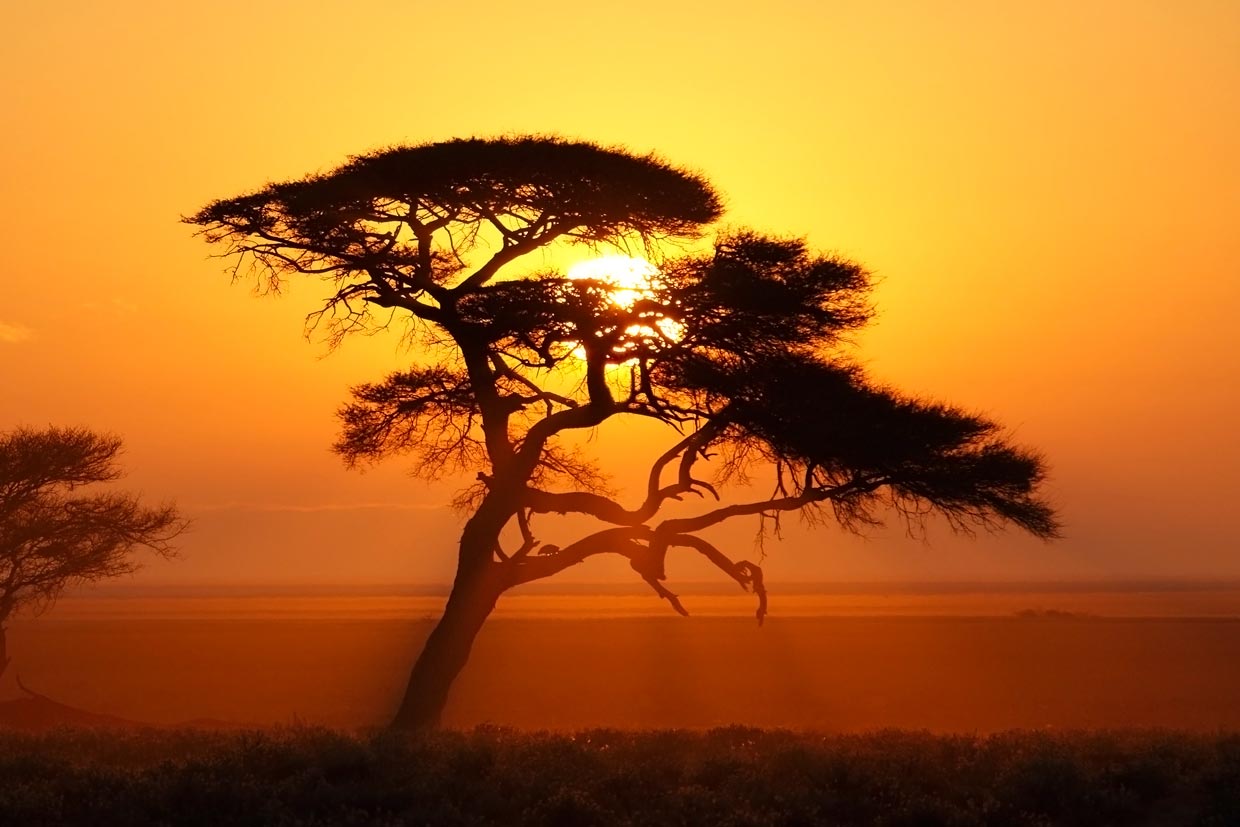
Best Time To Visit
The best time to plan your trip to Etosha National Park is the season of winter in Namibia _From May to October. During these months, the amount of rainfall is at a minimum, and the height of grasses and plants is short, so you can easily see the animals. This season, you can see different animals around the water holes and photograph them. As the number of tourists in this park increases this season, it is better to book your ticket a few months sooner.
If you want to visit this park in summer, you should know that summer is the rainy season in this country. The season is warm, and the average temperature is 30 degrees Celsius. You can still see the animals in this season, but you should ask a ranger for help to find their location easily.
Ondangwa is 124 kilometers from Etosha National Park. The Annual weather averages in Ondangwa can clarify Etosha National park’s climate situation. Here we made a table of average temperature in Ondangwa.
Annual Weather Averages in Ondangwa
[wpsm_colortable color=”main-color”]
| Month | Jan | Feb | Mar | Apr | May | Jun | Jul | Aug | Sep | Oct | Nov | Dec |
|---|---|---|---|---|---|---|---|---|---|---|---|---|
| Min (°C) | 21°C | 21°C | 20°C | 18°C | 14°C | Ten °C | 12°C | 16°C | 20°C | 21°C | 21°C | 21°C |
| Max (°C) | 33°C | 33°C | 32°C | 32°C | 31°C | 28°C | 31°C | 35°C | 37°C | 36°C | 34°C | 34°C |
[/wpsm_colortable]
Accommodations in Etosha National Park
During your stay in Etosha National Park, you can stay in one of the accommodation centers built inside or outside the park. Most of your options are providing the same services as others. Don’t spend a lot of time choosing the best one. Ask a local and make an instant decision. To make it easier to find some accommodation services, we made a list of the names of some well-known place in Etosha National park:
Accommodation Outside Etosha National Park
- Emanya Lodge
- Mokuti Etosha Lodge
- Mushara Collection
- Onguma Collection
· Accommodation Inside Etosha National Park
- Dolomite Camp
- Onkoshi Camp
- Okaukuejo Camp
- Halali Camp
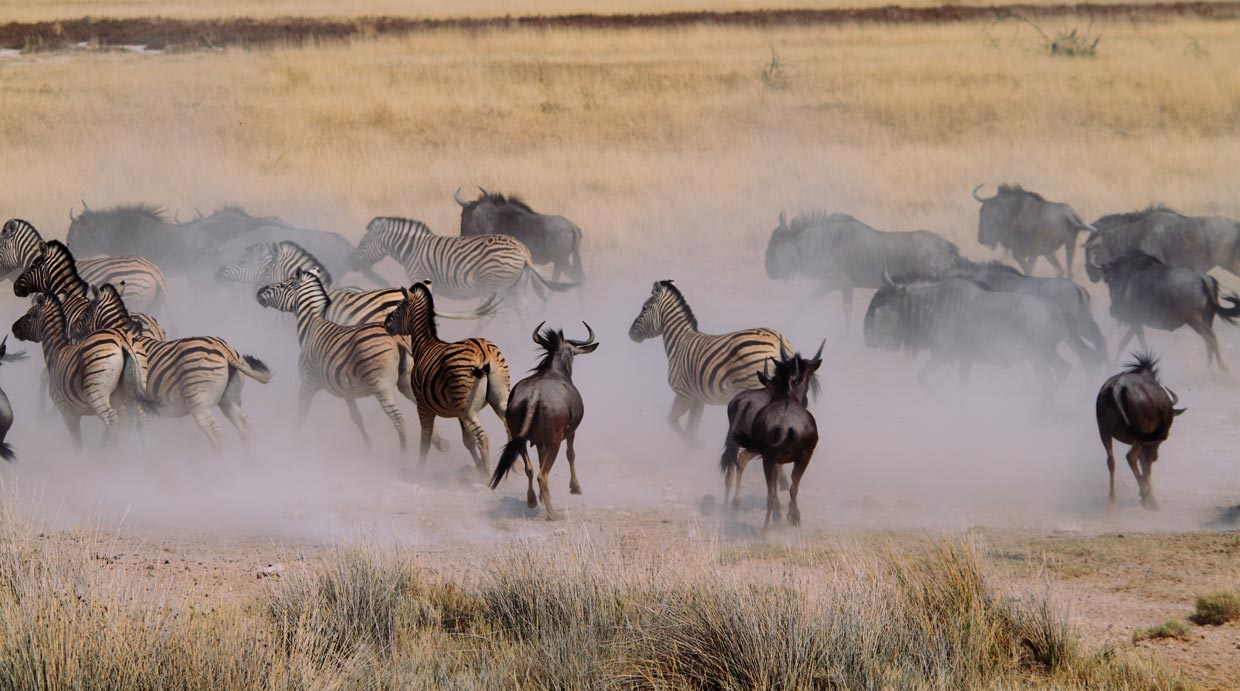
Various gates of Etosha National Park
Etosha National Park has four different gates through which you can enter the park. If you are traveling with a group, try not to forget the entrance you have been through.
- By Lindequist Gate
This gate is located east of the park.
- Anderson’s Gate
This gate is located south of the park.
- Galton Gate
This gate is located southwest of the park.
- King Nehale Lya Mpingana Gate
This gate is located in the northern part of the park.
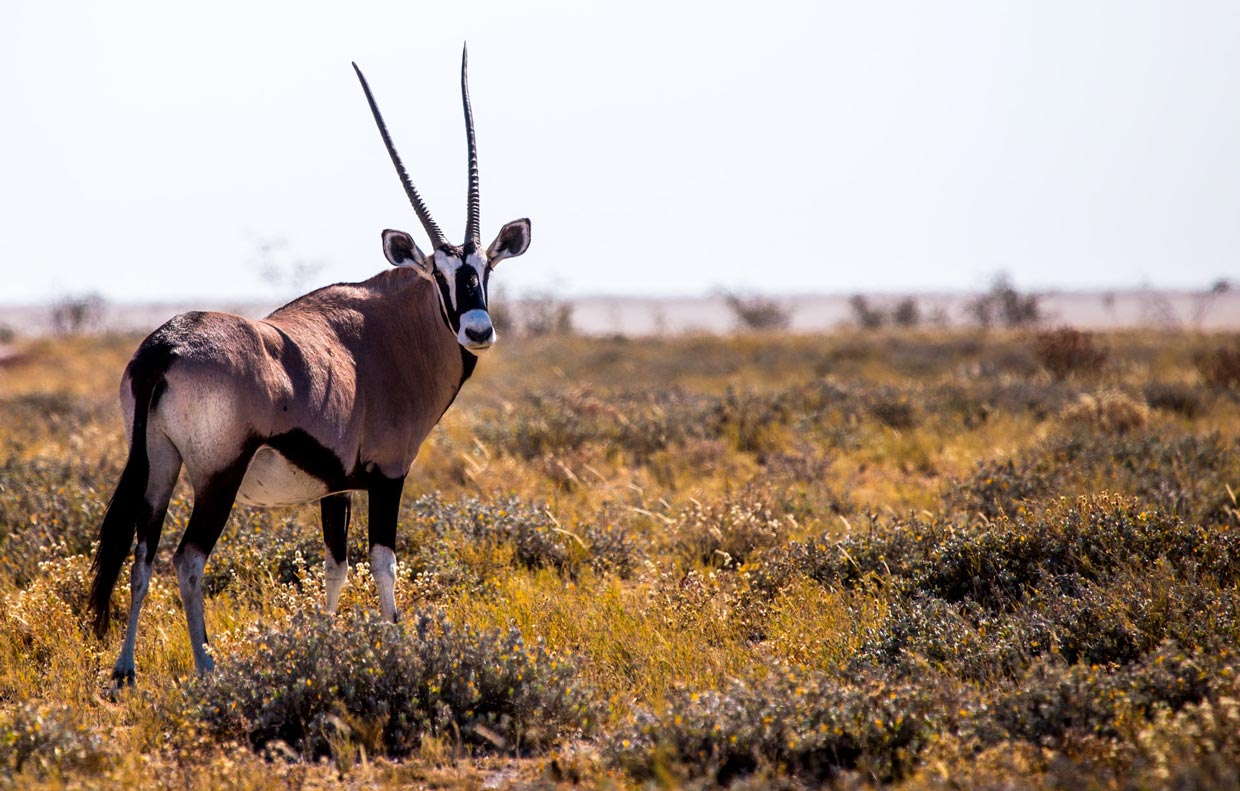
A Take-Away Note
This place is not usual, just like other tourist destinations. If you really like to experience a profound sense of nature, Etosha National Park can be the best option ever. But with all these adventurous potentials, traveling to these kinds of places might be tricky. Solo traveling is possible, but you should have a concise plan to use it efficiently. By the way, be aware that you must have a valid ID with yourself to enter the park, such as a passport or driver’s license. Also, this park’s working hours change according to the hours of sunrise and sunset in each season.
